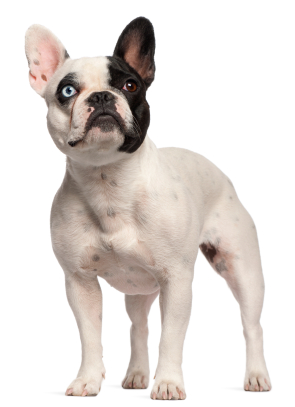Cataracts and Your Pet
 A cataract is the disruption in the normal structure of the lens of the eye, causing an opacity and partially or completely blocking a pet’s vision. Cataracts are one of the most common eye problems in pets, and they can affect pets of all breeds and ages.
A cataract is the disruption in the normal structure of the lens of the eye, causing an opacity and partially or completely blocking a pet’s vision. Cataracts are one of the most common eye problems in pets, and they can affect pets of all breeds and ages.
Some animals are born with or develop cataracts as part of their genetics. Other animals develop cataracts due to old age or other illnesses such as diabetes. Still others may develop cataracts due to toxic exposure, trauma, or a dietary deficiency.
The pet cannot see through the area of the lens affected by the cataract. While an uncomplicated cataract is not painful, vision loss can cause stress for pets. Cataracts can also luxate, or slip out of place. When this happens, the lens floats around within the eye and can lead to glaucoma by blocking the eye’s natural fluid drainage mechanism. After some time, cataracts can also begin to dissolve, causing painful inflammation within the eye (called uveitis). While many cataracts do not require treatment, some do. Both glaucoma and uveitis are conditions that require treatment. Unfortunately, there is no way to treat cataracts without surgery.
A veterinary ophthalmologist can perform a surgery in which the diseased lens is removed and replaced with a new lens. Typically this is achieved through a procedure called phacoemulsification, during which the diseased lens is broken apart by sound waves and then removed with a small vacuum-like device. This surgery has a very good success rate and can restore vision almost completely. The procedure, however, can be very delicate (and expensive) and not all pets are good candidates. If you think that your pet may have a cataract and would like to find out more, our ophthalmology department would be happy to answer your questions.


